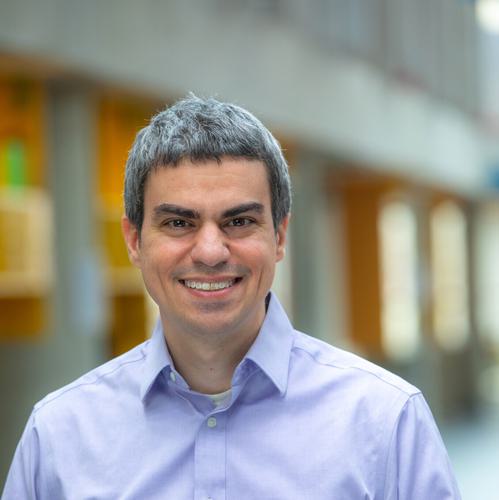
Michael Mavros
Assistant Teaching Professor in Chemistry
Active learning in introductory and physical chemistry labs.
As a graduate student, I worked in theoretical / computational chemistry on simulating electron transfer (redox) reactions in condensed-phase environments. By understanding the quantum mechanics of these processes, we can better design new materials to act as solar-powered redox catalysts. Part of my research involved applying density function theory (DFT) to understand the mechanisms of metal-oxide heterogeneous water splitting catalysts.
Spurred by recent research in teaching and learning, I have been thinking about ways in which we can make general chemistry and physical chemistry lab experiences more meaningful and engaging for our students. In particular, I've been focusing on allowing students to have more autonomy in the lab, making decisions about which experiments to perform and what data to collect in order to test hypotheses. This allows lab experiences to be closer to authentic research experiences, which overall trains our students to think and act more like independent scientists.
I love working with students! I really hope to create an environment in my classrooms where all students, regardless of where they are coming from, feel comfortable with me as a guide to their learning.
Outside of work, I love trying new restaurants and cooking at home with my wife. I also have active interest in single-player video games and multi-player tabletop board games.
Education
- B.S., University of Florida
- Ph.D., Massachusetts Institute of Technology